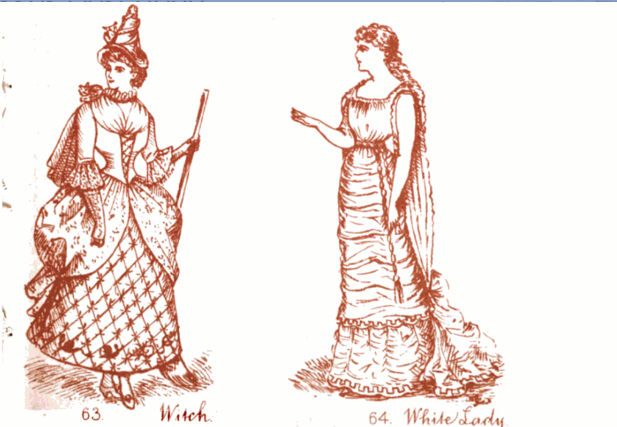This month, I gave a talk on Zoom as part of the Meadowlands Museum‘s Historic Speaker Series! This talk covered information from the 2018 exhibit at the Museum, A Stitch in Time: Clothing & Textiles of the Meadowlands,1890 to 1915.
A few highlights from the talk are shown in this month’s post for anyone who was not able to tune in virtually covering! The focus of the highlights is on bleacheries, silk production, and embroidery of the Meadowlands region.
The exhibit, and subsequent talk, is meant to emphasize the power and peak of the textile industry in Northern New Jersey during this period. While most might think of New York City as dominating the garment industry, Northern New Jersey’s silk production and embroidery work were unparalleled in the country at this time. NYC may have dominated the garment trade in terms of completing and selling finished garments, but Northern NJ was a giant in wool and silk fabric production, mechanized embroidery work, and played a significant role in other areas of textile and notion production. The exhibit and talk also bring to light some beautiful garments from the Museum’s collection and how these would have fit into the larger fashion picture, in terms of silhouette and style.

Continue reading “Historic Speaker Series: Clothing and Textiles of the Meadowlands 1890-1915”








